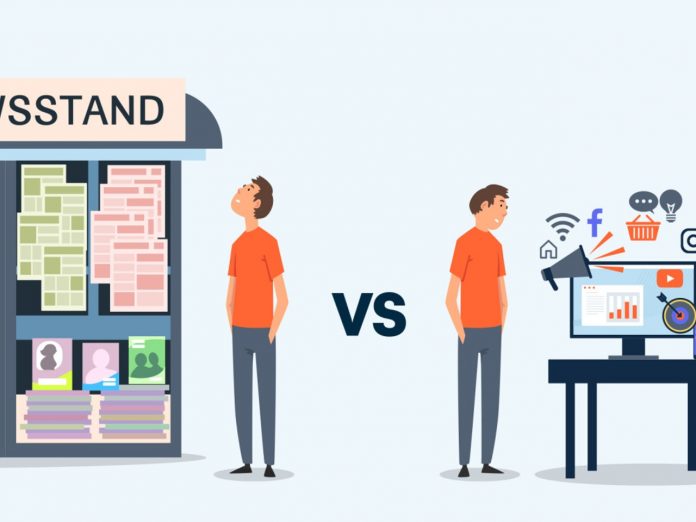For some time now, the overall movement of the audience from a rather practical, offline mode towards a more individualized, digital-driven engagement has been floating in the sea of advertising landscape for years. Presenting the pandemic’s unprecedented challenges, now that move is even more visible.
Business Insider estimates that more than 99% of all businesses are small businesses. That is a lot on the table! With quarantine still in effect and the unavailability of vaccines still worrying many states, the pressure is still on. Hence, adapting to this “new normal” is potentially the only way to thrive in the coming years and beyond. But, the question is how? Simply by amplifying the digital prowess.
Nowadays, people rarely leave their houses, whilst there was a time when they did not even use the internet as much. In February 2019, an eMarketer discovered that online spending has officially exceeded the offline one for the very first time. It is estimated for half of all global online spending. Coupled with that, the same study forecasted that by 2023 online ad spend will account for two-thirds of the entire global online spend, which is estimated to be worth $333.25. Publicis chief operating officer, Jo Coombes, said that the pandemic has been the catalyst for this digital shift.
The reason why such a shift is crucial is because of the changing audience. This is since there has been a gush of consumption of online platforms that are constantly changing to level with the new competition and consumer demand. We need to understand that it is not just the innovators and small businessmen who are dropping traditional methods over a plethora of digital platforms; the unexpected transformation of consumer profile and demand is also to be noticed. The “new” situation has overtaken even the hard-core conventionalists into welcoming digital platforms.
Kantar, during the lockdown, conducted a global survey of more than 35,000 consumers. The outcome revealed that only 8% thought brands should halt their advertising during this situation of the pandemic and 74% thought brands should avoid taking advantage of the situation. On the other hand, 78% thought that brands had a role to aid them in their daily lives, while 75% felt that brands had to communicate what they were doing. Somewhat astonishingly, only 30% felt that brands should be providing discounts.
What needs to be addressed here is, should the need to go digital is critical? Or will the traditional landscape return?
Follow and connect with us on Facebook, LinkedIn & Twitter

